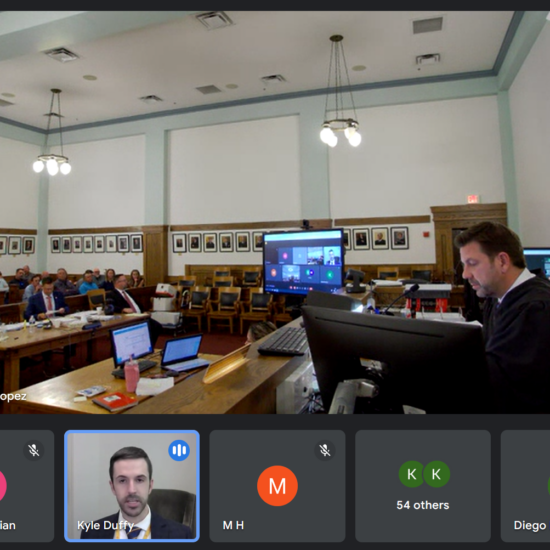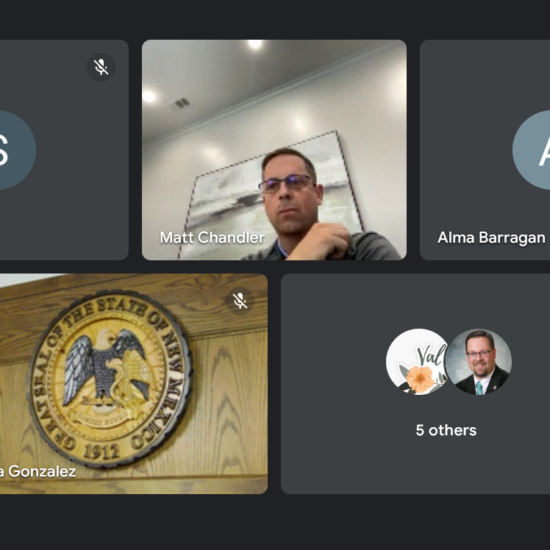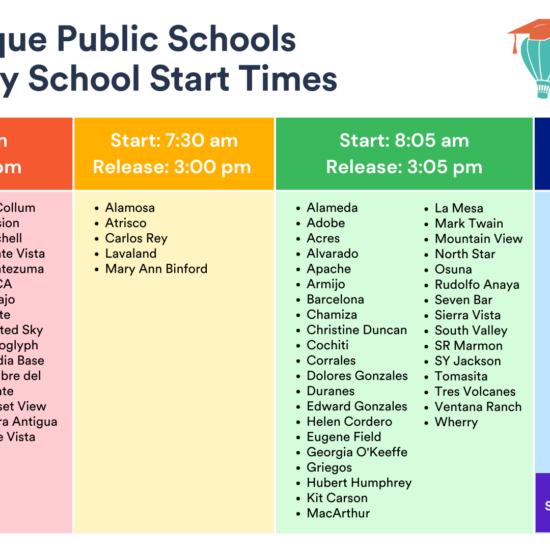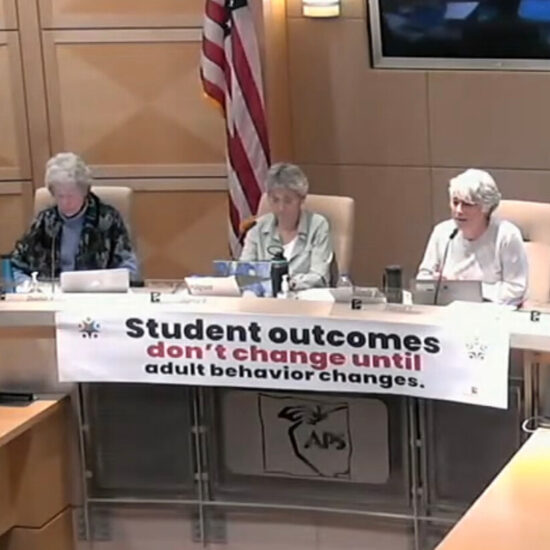
Editor’s note: In mid-July, Las Cruces Public Schools will implement what is known as a balanced calendar, lengthening the school year by 10 days, shortening the summer break to six weeks to minimize learning loss, and adding longer breaks spaced throughout the school year.
New Mexico Education interviewed Las Cruces Superintendent Ralph Ramos about the calendar changes. Ramos has worked in the district for 29 years, as a teacher, assistant principal, middle school principal, and for the past 18 months, superintendent. This interview has been edited for length and clarity.
New Mexico Education: Superintendent Ramos, can you please tell us about how the district decided to go to this balanced calendar?
Ralph Ramos: Last year, just as I was starting as interim superintendent, our calendar was presented. I had not reviewed the calendar. I had not served on any committee. I questioned the process of how we came up with a calendar. And it got declined by the board. This extended year and balanced calendar was one of the options that had been presented.
I thought this calendar was a great idea. It’s better for students, and the more frequent breaks help with staff burnout, especially after all the challenges the Covid pandemic caused.
So I said ‘timeout, let’s rethink how we go about this.” Instead of starting the calendar committee work in January and ending in April, let’s back way up, start it in September and have a much broader group of stakeholders involved. We need to be truly listening to people. We developed a few options, including the more traditional calendar, then took it to our District Advisory Council before going to the board.
I know as a middle school principal, this was the kind of calendar we had always wanted. Throughout the southwest, in El Paso and places in Arizona, they’ve been using this new, balanced calendar. So I wanted us to take a close look at it. The new calendar committee also looked at adding 10 days to our calendar. I really wanted to make that happen. By rejecting the Extended Learning Time Program last year, we lost, gosh, probably $13 million we could have gotten from the state.
When the board passed the new calendar, including the extra days, that was a huge celebration. And we got to work right away. Everybody put our brains together to really celebrate and think through this new calendar. We’re going to be able to embed enrichment and enrich learning options with those extra 10 days in there. There’s more planning time for teachers to really focus on what they’re going to be doing. Professional development is another key thing that we’re going to be doing with this calendar. So there’s a lot of cool things, especially during our inter-sessions during the breaks.
NME: Specifically, how will this calendar look?
Ramos: The first day of school for the 2022-23 school year will be July 20. Teachers report July 14. Then it’s nine weeks, then two weeks off. Four weeks, Thanksgiving break. Four weeks, Christmas break for two weeks. Then we come back, have nine weeks, two weeks off. Another nine weeks, then a six-week summer break. Plus we still have all the national holidays to give short, extended weekend breaks.
NME: What are you hoping the calendar will do for the students and staff in Las Cruces?
Ramos: Here’s what’s different compared to what we have been doing. Up until now, our extended summer learning program has been completely voluntary. And we have had some pretty strict guidelines around it. The teachers who had the students in class throughout the school year had to teach those kids throughout the summer as well. That’s not the case anymore.
As we go into this new balanced calendar, of course, everyone is required to be in school and that’s where it’s going to make a huge difference. We’re going to also be able to provide more intervention, more social emotional support to our students, and also our staff. And all the breaks spaced out throughout the year will be helpful as well.
NME: Have you received any pushback, and if so, what have been the objections, and how have you responded?
Ramos: The main critical feedback we’ve gotten is that maybe we should have rolled it out over a year. Some people felt inconvenienced by our starting this year on July 20. Maybe they already had a vacation planned after that date, and I’m talking both students and staff. I want to thank these people for bringing that to our attention. So listening to our community, we are going to be very flexible with our students. If people already had a vacation planned, we’re not going to count those days as unexcused absences. We will be flexible with staff as well.
NME: Is there anything else people should know?
Ramos: Here is another thing we are doing for our students. We’re going to be placing 400 students, mostly high school juniors and seniors, out in the workforce throughout the summer. The state is funding this through our county. It has a great deal of flexibility built into it.
They’re also going to be able to continue working into the fall when school starts. Working after school earning money. One of our challenges has been that students, as we emerged from Covid, had picked up jobs once they were going to school online. Some of them were hard to bring back, because they were making a living. Through this state funding, we’re paying them $13.50 an hour, and they’re gaining an experience that’s an extension of the classroom as well.
We did this last year for the first time and the employers are even more excited this year. They’re asking for two or three students. It’s going great. That’s another way for our older students to spend their summer, working and learning some job skills.
NME: What kinds of jobs are students getting through this program?
Ramos: We have plumbers, electricians, roofers, a lot of the hands-on vocational but also in tech, restaurants, hospitality, tourism, you name it. Our message to employers and students alike is we have flexibility. Let’s get creative.







